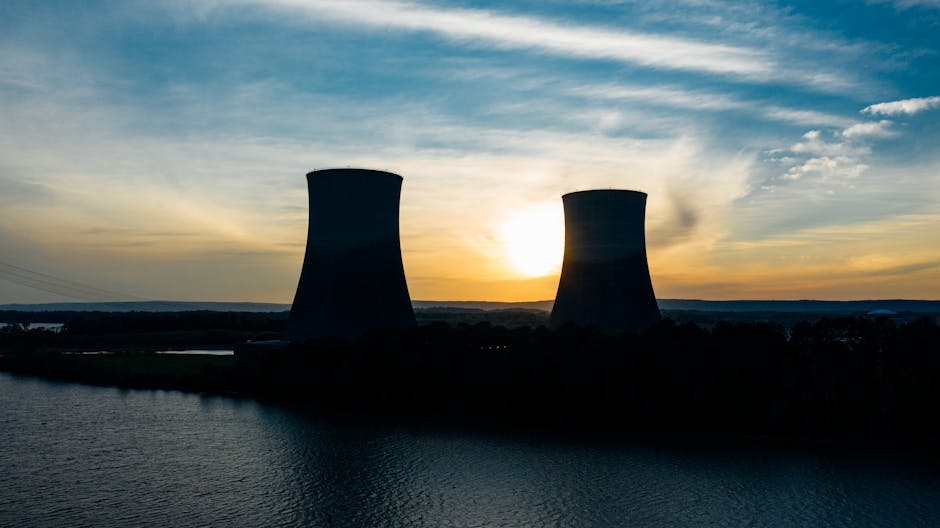 Understanding the Importance of Cooling Tower Parts
Understanding the Importance of Cooling Tower Parts
Cooling towers are essential components in various industries that require the efficient cooling of water. Whether it is used in power plants, chemical processing plants, or HVAC systems, cooling towers play a crucial role in maintaining optimal temperature levels. To ensure the smooth operation of these towers, it is essential to understand their different parts and their functions. In this article, we will delve into the world of cooling tower parts and their significance in maintaining overall system performance.
1. Fan Assembly
The fan assembly is one of the most critical components of a cooling tower. It is responsible for drawing air into the tower and extracting the heat from the circulating water. The fan facilitates the exchange of heat, ensuring that the water is cooled efficiently. Without a well-functioning fan assembly, the cooling tower’s performance would be severely compromised, leading to decreased efficiency and increased energy consumption.
2. Fill Media
Fill media refers to the material inside the cooling tower that provides a large surface area for the air and water to come into contact with each other. It helps enhance the heat transfer process by maximizing the exposure of water to the air. The fill media increases the overall efficiency of the cooling tower by creating turbulence and promoting a greater exchange of heat.
3. Drift Eliminators
Drift eliminators are crucial in preventing the loss of water from the cooling tower. They ensure that only a minimal amount of water is carried away by the exhaust air. Without drift eliminators, the cooling tower would experience significant water loss, leading to decreased efficiency and increased operating costs. By effectively separating water droplets from the air, drift eliminators help maintain the required water levels within the tower.
4. Water Distribution System
The water distribution system is responsible for evenly distributing water across the fill media, ensuring maximum contact with the air. This system consists of pipes, nozzles, and spray heads that ensure an even flow of water throughout the cooling tower. A well-designed and properly functioning water distribution system optimizes the cooling process, preventing any unwanted hotspots and improving overall tower efficiency.
5. Louvers
Louvers are located at the air inlet and outlet openings of the cooling tower. They help control the air intake and discharge, ensuring a balanced airflow within the tower. Properly functioning louvers prevent the recirculation of warm air back into the tower, maintaining efficient cooling performance. These components also safeguard the tower from adverse weather conditions, such as rain or snow, which could hinder its overall functionality.
6. Basin
The basin serves as the reservoir for the cooling tower. It holds the cooled water before it is recirculated back into the system. The basin is responsible for collecting any overflow or drift from the tower, preventing any loss of water or system inefficiency. A clean and well-maintained basin is crucial for the optimal performance of the cooling tower, as any contaminants or debris could impede the cooling process.
7. Water Treatment System
While not a physical part of the cooling tower, the water treatment system plays a vital role in maintaining the tower’s performance. It helps prevent the accumulation of scale, corrosion, and biological growth within the tower. A well-maintained water treatment system ensures the longevity of cooling tower parts and promotes efficient heat exchange, resulting in energy savings and reduced operating costs.
In conclusion, understanding the various parts of a cooling tower is essential for maintaining its efficiency and overall performance. Each component plays a crucial role in optimizing heat transfer and preventing water loss. By ensuring that these parts are well-designed, properly maintained, and regularly inspected, you can ensure that your cooling tower operates at its peak efficiency, resulting in energy savings and improved operational reliability.